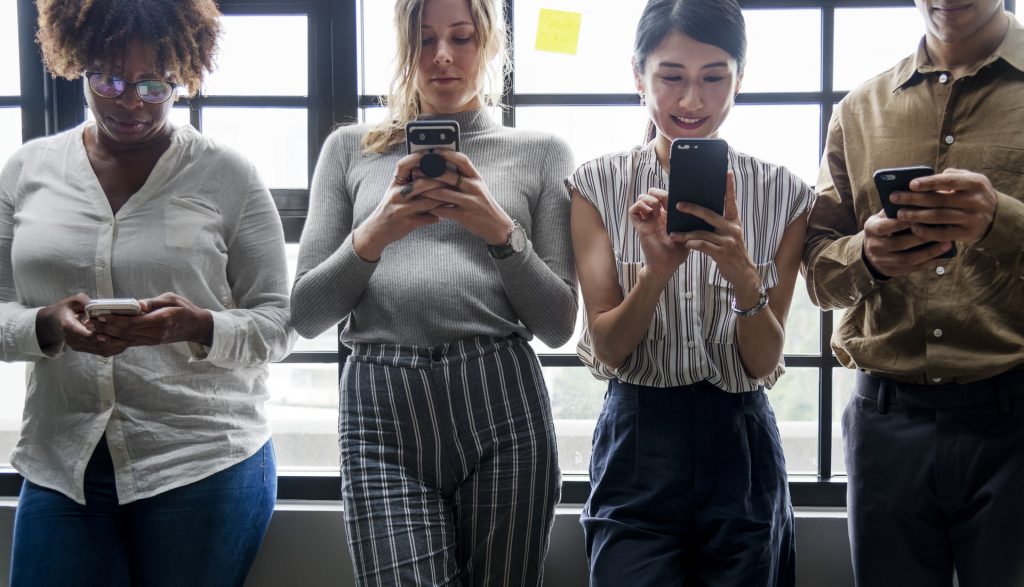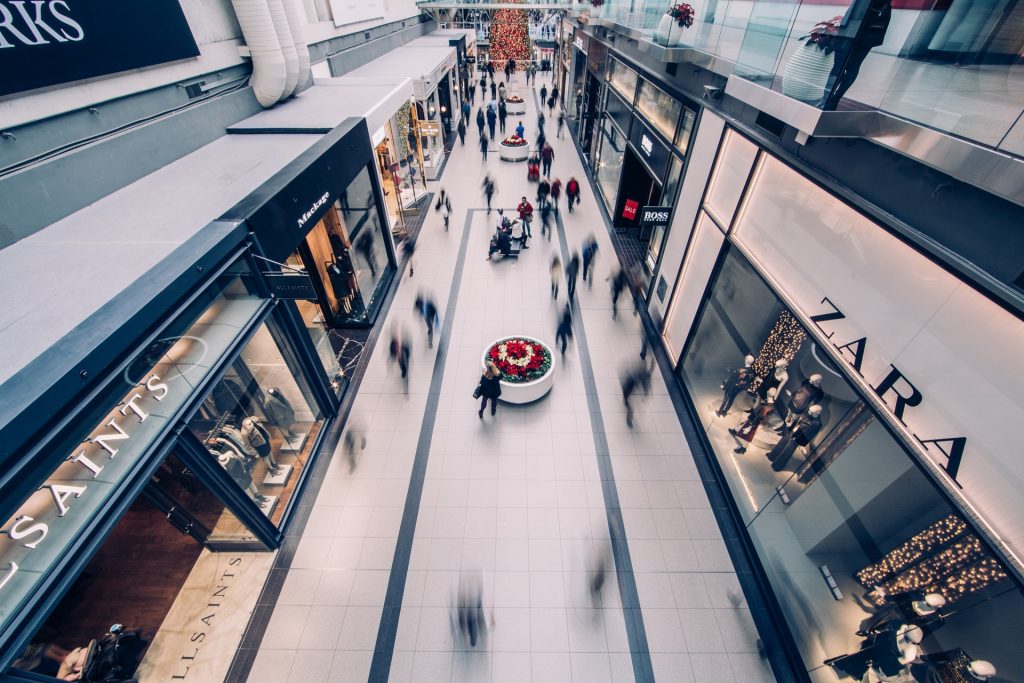Consumers no longer notice a differentiation between offline and online shopping. When it’s looking for a notebook, browsing main road stores or hanging out in the mall — it is all about shopping. To familiarise the forceful new fact, retailers are drawing timeless retailing truths of their past and augmenting them to them today.
One thing we should think about first is that many folks are selling land for development now, mostly because of the growth in big shopping centres and the amount of money involved. Although e-commerce stores are becoming bigger and bigger the traditional manner will still be accessible. It’s just about adjusting. Involved retailers are embracing this new fact, and using electronic to expand their storefronts.
These are thought to be the very best five observations on the way shopping has shifted and hints for how entrepreneurs can accommodate to combine with the retail revolution.
1. Shoppers know as much as sales assistants
Subsequently: Folks came into shops with little to no understanding and relied on a salesperson to advise them about what to purchase.
Today: Shoppers have become more prone to undertaking their research to find the most value, compare different products, so they feel good about what they are buying. With this power change comes an excellent opportunity for retailers; people who use insights and tools from the net have the chance to close the difference between the smart internet consumer as well as the offline merchant and to stick out in an aggressive market. To acquire those minutes, intelligent retailers will need to be there when inspiration strikes customers and since they begin researching purchases online.
2. Retailers can provide private, relevant suggestions in scale
Subsequently: Retailing started with shopkeepers who’d welcome in people from the neighbourhood and come to find out their clients’ needs and tastes.
Currently: In our always-connected world, a gadget is merely a proxy for what matters — getting to know your clients. Devices assist us in understanding what a customer wants or needs in a specific place and a particular moment. Coupled together with the intent supplied by the hunt, this is remarkably powerful. It helps retailers send relevant tips, basically recreating those shopkeeper discussions in scale. The ideal message at the perfect moment is another level in customer support — it could effectively turn intention into action.
3. Smart Phones drive foot traffic to shops
Subsequently: Locating the right shop – and also the product that you wanted — depended upon closeness or chance.
Today: When shoppers look for a shop name or class, they expect to find a map with instructions, a telephone number they can easily click-to-call, or specific offers that fit their place and time of the day on their smart phone. With shopping centres getting bigger and better by the minute the demand for shopping centre management has increased. So, they’ll be plenty of them around to assist you as well.

4. Opinions have a serious effect
Subsequently: Retail therapy was an action shared by family and friends — and word of mouth was a social force that altered new goods into must-haves and small stores into retail empires.
Currently: With YouTube, social networks and shopping reviewing platforms, individuals today are sharing their view on goods not only with a bunch of buddies but with countless individuals. These views, opinions or reviews can be either good or bad and have the potential to grow a business tremendously or can do the complete opposite.
5. Products can leap off the display
Subsequently: The net was fine for exploring, but there wasn’t any substitute for feeling, inspecting a physical item on a store shelf or showroom floor.
Currently: Interactive video, 360 perspectives, gestural controllers are only a couple of those choices bringing goods residing on clients’ multiple displays. Each electronic stride opens new chances to close the difference between an onscreen picture and that experience of carrying a product in a shop. When retailers exhibit products online in an exceptional manner, they create opportunities for clients to interact with goods on a psychological level. When customers’ emotions are triggered, their urge to purchase is triggered.
As electronic weaves itself deeper into the fabric of their own lives, smart retailers know making the maximum Of new opportunities isn’t about technology or gadgets. It is about human nature. Forward-thinking retailers ought to be considering how they’re interweaving electronic tools such as context, and a movie with sales, advertising and customer services. When these items are utilised nicely, the technology becomes invisible. Clients view retailers as being good at providing them with what they need.



